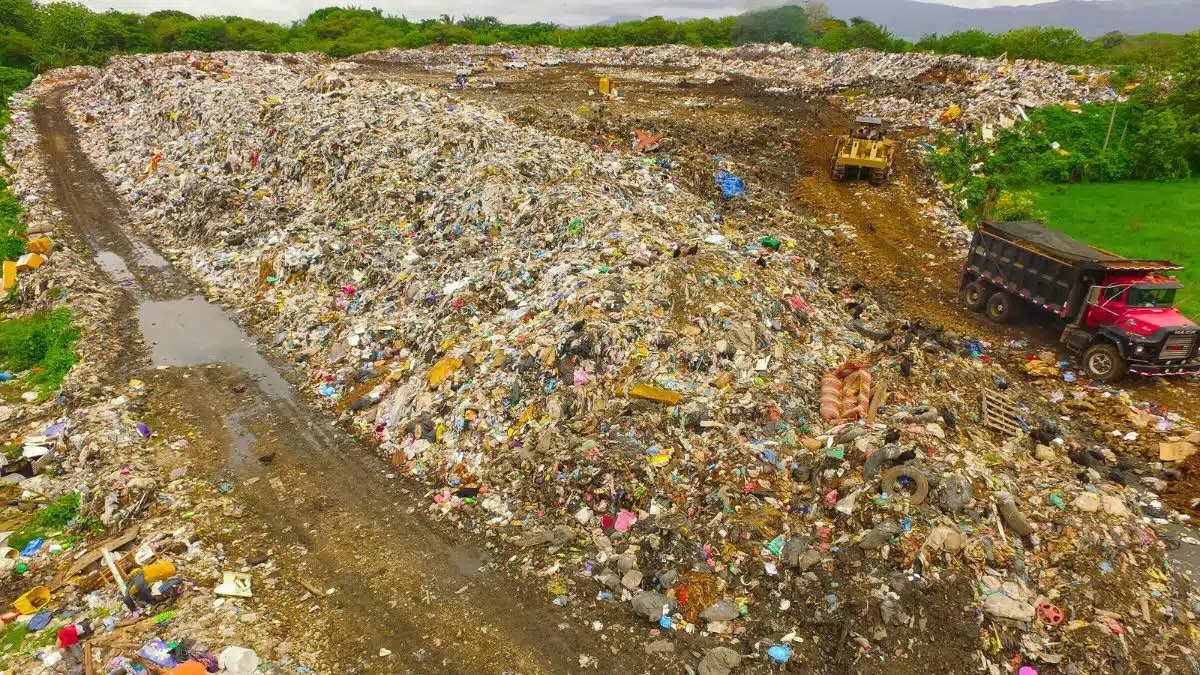In the high-stakes world of cryptocurrency, one story continues to stand out as both tragic and fascinating. James Howells, a Welsh IT engineer, accidentally threw away a hard drive in 2013—a mistake that has cost him more than anyone could have imagined. On that drive? The access keys to 8,000 bitcoins, now worth an estimated $720 million.
At the time, Bitcoin was still in its infancy, attracting only a niche community of tech enthusiasts. Howells was one of the early believers, purchasing thousands of bitcoins when they were worth mere cents. His foresight was impressive, but it would soon become the foundation of a painful obsession.
What seemed like a harmless act—tossing an old hard drive during house cleaning—would trigger a modern-day treasure hunt that lasted over a decade. As the price of bitcoin soared to astronomical levels, the reality of his loss became unbearable.
The rise and fall of a digital fortune
As Bitcoin became a global phenomenon, Howells found himself the unlikely protagonist in one of the most surreal financial stories of the decade. The small metal box he had discarded into a landfill in Newport, Wales, contained private keys to a digital wallet holding what would eventually become one of the largest individual holdings of cryptocurrency on the planet.
Over the years, the value of those 8,000 bitcoins skyrocketed. From a few thousand euros in 2013 to hundreds of millions by 2025, the numbers turned his personal loss into an epic cautionary tale. Howells didn’t just sit back and accept it—he fought, campaigned, and pleaded for the chance to recover the lost treasure.
But his efforts ran into wall after wall. Gaining access to the landfill proved to be a legal and environmental nightmare. Despite attracting global media coverage and even backing from investors willing to fund the excavation, local authorities remained firm: the answer was no.
Newport landfill: A digital goldmine buried in trash
For over 12 years, Howells battled to dig through the Newport landfill, where he believed the hard drive still lay buried under layers of waste. The site became a symbol of both hope and hopelessness. Every time Bitcoin hit a new high, the pressure to act intensified. Every time it dropped, the window of opportunity seemed to narrow.
Authorities denied his requests repeatedly, citing environmental concerns and public health risks. Excavating thousands of tons of garbage to find a single hard drive wasn’t just costly—it posed serious hazards. The logistics of such an operation, involving specialized equipment, teams of data recovery experts, and environmental safeguards, made the plan feel more like science fiction than reality.
Still, Howells refused to quit. He built detailed proposals, hired legal teams, and developed recovery strategies involving artificial intelligence and drone technology. But nothing was enough to convince local government to give him the green light.
The final verdict: No more chances
In 2025, the story came to its final chapter. A British court issued a ruling that ended Howells’ quest for good. The judgment confirmed that the drive—and by extension, the Bitcoin fortune—would remain lost forever.
The court’s decision was based on several legal and logistical arguments. One key factor was a 1974 environmental law, which effectively transferred ownership of anything discarded at the site to the local waste authority. That meant the drive was no longer legally his.
Moreover, the risk of disturbing hazardous waste, along with the astronomical cost of excavating between 10,000 and 15,000 tons of trash, made the mission untenable. The legal statute of limitations had also long expired, stripping Howells of any realistic legal pathway to pursue recovery.
Lessons from a digital tragedy
This story is more than just an anecdote about a lost hard drive. It raises deep questions about the nature of digital wealth, our growing dependence on technology, and the thin line between fortune and ruin in the age of cryptocurrencies.
Howells’ experience underscores the absolute importance of protecting private keys—the strings of code that grant access to cryptocurrency wallets. Without them, even the richest digital fortunes are completely inaccessible. The decentralization that makes Bitcoin secure also makes it unforgiving.
It also reveals how ill-equipped our legal and environmental systems are to deal with such digital dilemmas. Most laws governing waste, property, and finance weren’t built with virtual currencies in mind. As a result, courts struggle to apply outdated frameworks to entirely new forms of wealth.
The environmental angle adds yet another layer to the saga. Had Howells been allowed to carry out the excavation, it could have had significant ecological impacts. This shows that even the pursuit of digital assets can leave a very real, physical footprint on the world.
Finally, the story highlights the explosive volatility of cryptocurrencies. What began as a few euros’ worth of tokens turned into a massive financial opportunity—then into a crushing personal loss. The rollercoaster of value makes the stakes in the crypto world feel both thrilling and terrifying.
A digital legacy frozen in time
James Howells’ odyssey is likely to remain one of the most memorable episodes in Bitcoin history. His failure to recover the lost hard drive has become a modern myth, a warning sign etched into the story of the blockchain era.
His saga reminds us that in the digital economy, wealth is not just a matter of numbers—it’s about access, control, and timing. One accidental click, one forgotten password, or one discarded device can erase millions in an instant.
And in that sense, Howells’ experience speaks to all of us navigating the uncertain future of digital finance: in a world where fortunes are made in code, the smallest mistake can cost everything.



